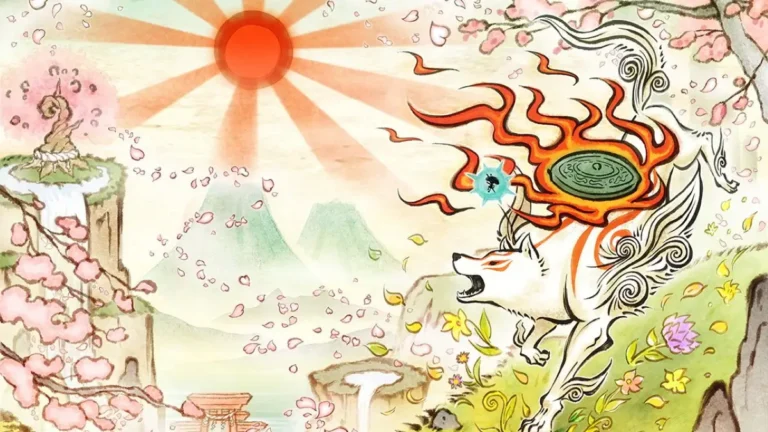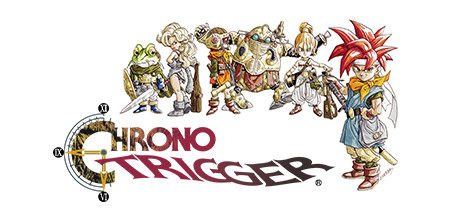Game data not found.
Kita e. White Illumination, a visual novel developed by Hudson Soft, is a unique title that stands out in the realm of dating simulation and romance games. Released for the Sega Dreamcast in 1999, this title captures the essence of a winter romance, offering players an immersive experience that delves into the intricacies of relationships set against the backdrop of Japan’s northern regions. This article provides an in-depth review of the game, examining its story, gameplay mechanics, graphics, sound, and its lasting legacy.
Story
Kita e. White Illumination is set in the picturesque and snow-laden landscapes of Hokkaido, Japan. The narrative revolves around a male protagonist who travels to this northern region during the winter season. The central theme of the game is love and friendship, explored through interactions with various female characters. Each character possesses a unique personality and backstory, contributing to the depth and variety of the narrative.
The protagonist’s journey is driven by a letter he receives, which leads him to Hokkaido, filled with curiosity and hope. As the player, you must navigate through different scenarios, making choices that will influence the course of the relationships you build. The game’s strength lies in its character development; each potential romantic interest has her own storyline, challenges, and emotional arcs that players must carefully navigate to achieve a favorable outcome.
The story unfolds through a series of events, including casual encounters, intimate conversations, and pivotal moments that test the strength of your relationships. The game emphasizes the importance of communication and understanding in building meaningful connections. The narrative’s depth is further enriched by the seasonal setting, with the winter backdrop symbolizing both the warmth of companionship and the chill of loneliness.
Gameplay
Kita e. White Illumination employs classic visual novel mechanics, where the primary mode of interaction is through reading dialogue and making decisions at key points in the story. The game is divided into various segments, each representing a day in the protagonist’s journey. Players are tasked with managing their time effectively, choosing which characters to spend time with and what activities to engage in.
The decision-making aspect is crucial, as each choice affects the story’s progression and the protagonist’s relationship with the characters. The game features multiple endings, encouraging replayability as players explore different paths and outcomes. This branching narrative structure is a hallmark of the genre, offering a personalized experience based on the player’s choices.
While the gameplay might be considered simplistic compared to other genres, its appeal lies in the emotional investment and narrative exploration it offers. The game requires players to pay attention to dialogue and character interactions, fostering a sense of empathy and connection with the characters.
Graphics and Sound
Kita e. White Illumination boasts a charming visual style that captures the serene beauty of Hokkaido’s winter landscapes. The art direction is characterized by detailed character designs and vibrant backgrounds that enhance the storytelling experience. The Dreamcast’s capabilities are utilized effectively to create a visually appealing game that immerses players in its world.
The character sprites are expressive, with a range of emotions depicted through subtle animations and changes in facial expressions. This attention to detail contributes to the game’s emotional depth, allowing players to connect with the characters on a personal level.
Accompanying the visuals is a memorable soundtrack that captures the essence of the game’s setting and themes. The music ranges from serene and contemplative pieces to more upbeat and cheerful tunes, mirroring the emotional highs and lows of the narrative. Sound effects are used sparingly but effectively, adding to the overall atmosphere of the game.
Legacy and Reception
Upon its release, Kita e. White Illumination was praised for its engaging narrative and well-developed characters. It appealed to fans of the visual novel genre and those seeking a heartfelt story with emotional depth. The game’s setting in Hokkaido added a unique cultural element that resonated with players, offering a glimpse into the region’s beauty and traditions.
Kita e. White Illumination has maintained a cult following over the years, particularly among fans of dating simulations and visual novels. Its emphasis on character-driven storytelling and emotional connections set a precedent for future titles in the genre. The game’s ability to create a compelling narrative experience through simple mechanics is a testament to the power of storytelling in video games.
While it may not have achieved mainstream success, Kita e. White Illumination’s influence can be seen in subsequent visual novels that prioritize character development and branching storylines. Its legacy is one of innovation within its genre, offering an experience that remains memorable for those who have played it.
Conclusion
Kita e. White Illumination stands as a testament to the emotional power of visual novels. Its engaging story, memorable characters, and beautiful depiction of Hokkaido’s winter landscapes create a captivating experience that resonates with players. Despite being a niche title, its impact on the genre is undeniable, paving the way for future games that focus on narrative depth and character relationships.
The game’s legacy lies in its ability to evoke emotions and foster connections between players and its characters. Kita e. White Illumination remains a cherished title among fans of visual novels, a reminder of the genre’s potential to tell compelling stories through interactive media.













